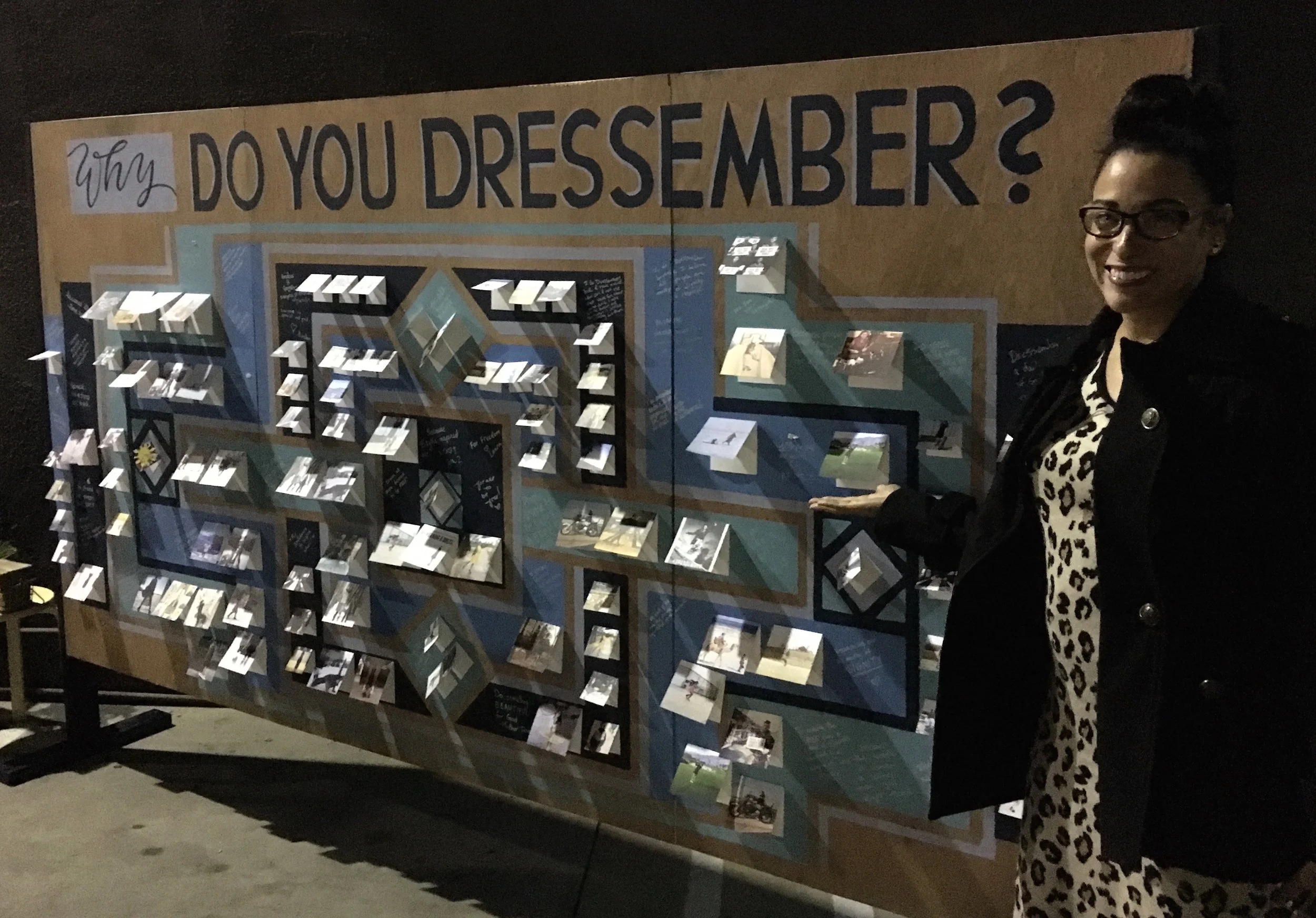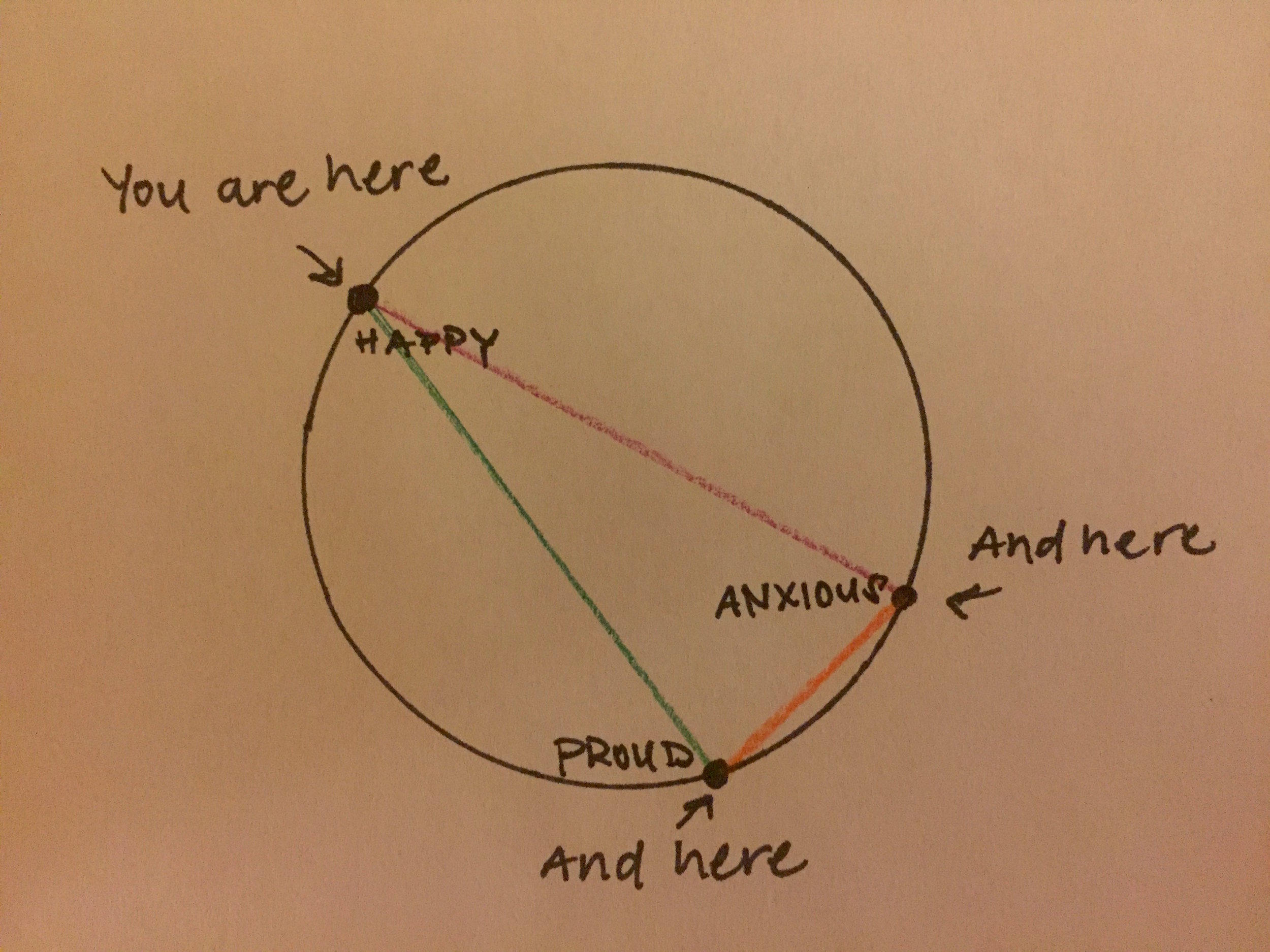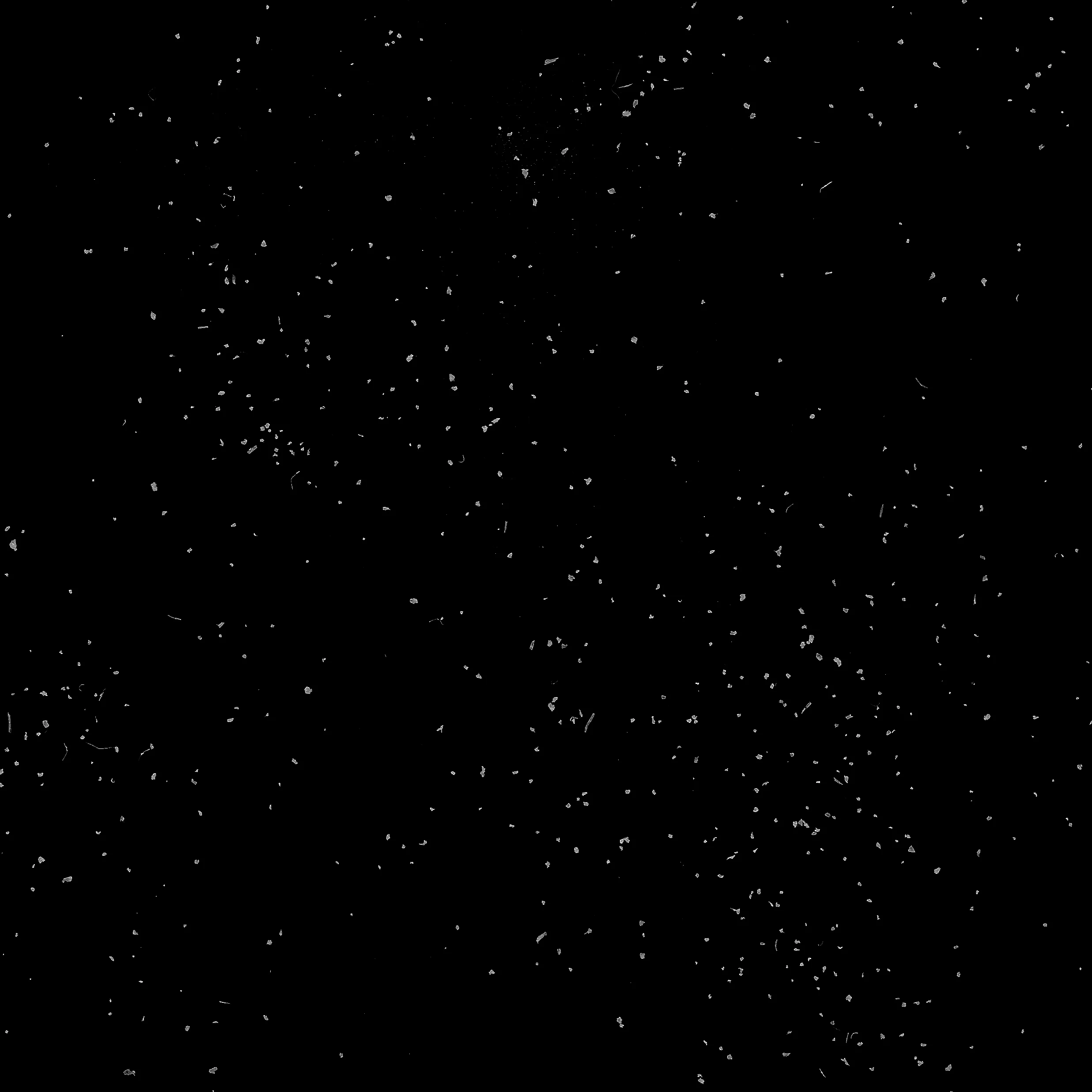“A well dressed woman, even though her purse is painfully empty, can conquer the world.”
I can’t exactly recall when I developed my penchant for all things 1920s, but I know that falling in love with silent movies in my late teens sealed the deal. A big part of the charm was Louise Brooks. I adored her look - bobbed haircut (also described as a black helmet), enigmatic expressions, dark eyes, and elegant dresses. And like any good fan, I wanted to know everything about her. What I found (and rediscovered in embodying her for this project) was a multifaceted woman and a feminist ahead of her time.
Never really considered a major star in her day, Brooks is now most famous for her lead roles in Pandora’s Box (1929) and Diary of a Lost Girl (1929). In these films, Brooks epitomized the flapper style on screen. This style was emblematic of the “New Woman” of the 1920s that pushed gender roles and shed the restrictive laces, corsets, and hoops that dominated women’s fashion at the time.
Not only was Brooks radical in dress, but she was unafraid to cross powerful men in Hollywood - turning down deals with major studios to live and work in Germany. Moreover, her acting approach and choice of projects marked a trailblazer spirit. Brooks was a pioneer of naturalistic acting, predating Marlon Brando and James Dean by decades. Her portrayal of female sexuality on screen also pushed boundaries. In Pandora’s Box, she played one of cinema’s first bisexual characters. Off-screen, she had multiple romances with directors and co-stars, Charlie Chaplin and supposedly Greta Garbo included.
By the time Brooks was in her mid-twenties, her movie career was already over. Despite her youth while active in front of the camera, she defied the stereotype of the naïve ingenue. Rather, she was noted for her fierce intelligence, which I so respect. She reportedly read the work of Schopenhauer on set (this tidbit gets me chuckling). Her 1982 memoir Lulu in Hollywood also revealed a mind and voice that could understand and articulate the language of film on par with the most celebrated critics.
I thoroughly admire her different-ness and complicated nature. A trailblazer. An underdog. A sex symbol. An intellectual. A style icon. A woman comprised of many parts - both messily human and otherworldly in her own way. Henri Langlois, one of the founders of the La Cinémathèque française, famously said, "There is no Garbo, there is no Dietrich, there is only Louise Brooks.” I couldn’t agree more.
HERE'S HOW YOU CAN PARTICIPATE IN DRESSEMBER WITH US:
Give! Visit our Dressember page and make a donation. It's that simple and no sum is too small. Truly.
Follow! Be sure to follow us on Instagram and our blog throughout the month of December.
Share! Help us spread the word. You can do this by sharing our social media posts or links to our Dressember fundraising page.
Taz Morgan, MA, is a Marriage and Family Therapist Intern, IMF #99714, working under the supervision of Vanessa Spooner, PsyD. She has trained in Depth-oriented psychotherapy and works with adolescents, adults, and couples.
Click here to learn more about our Los Angeles psychotherapy services.

























